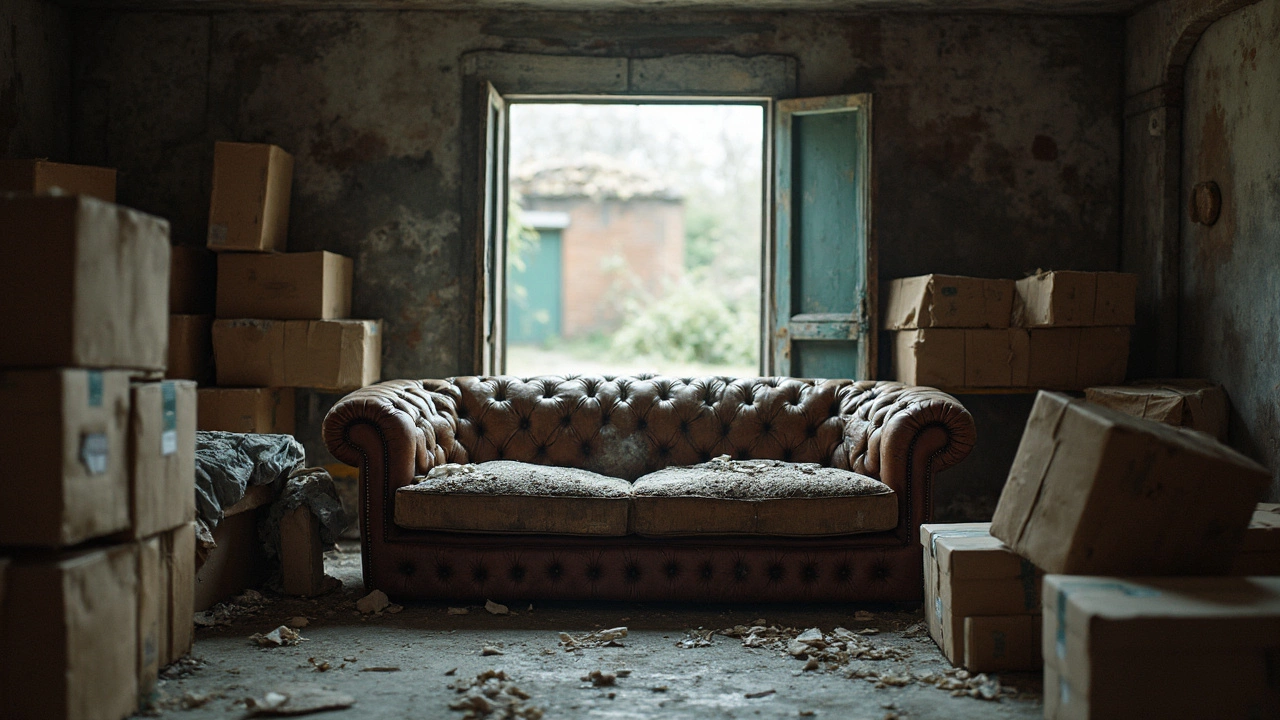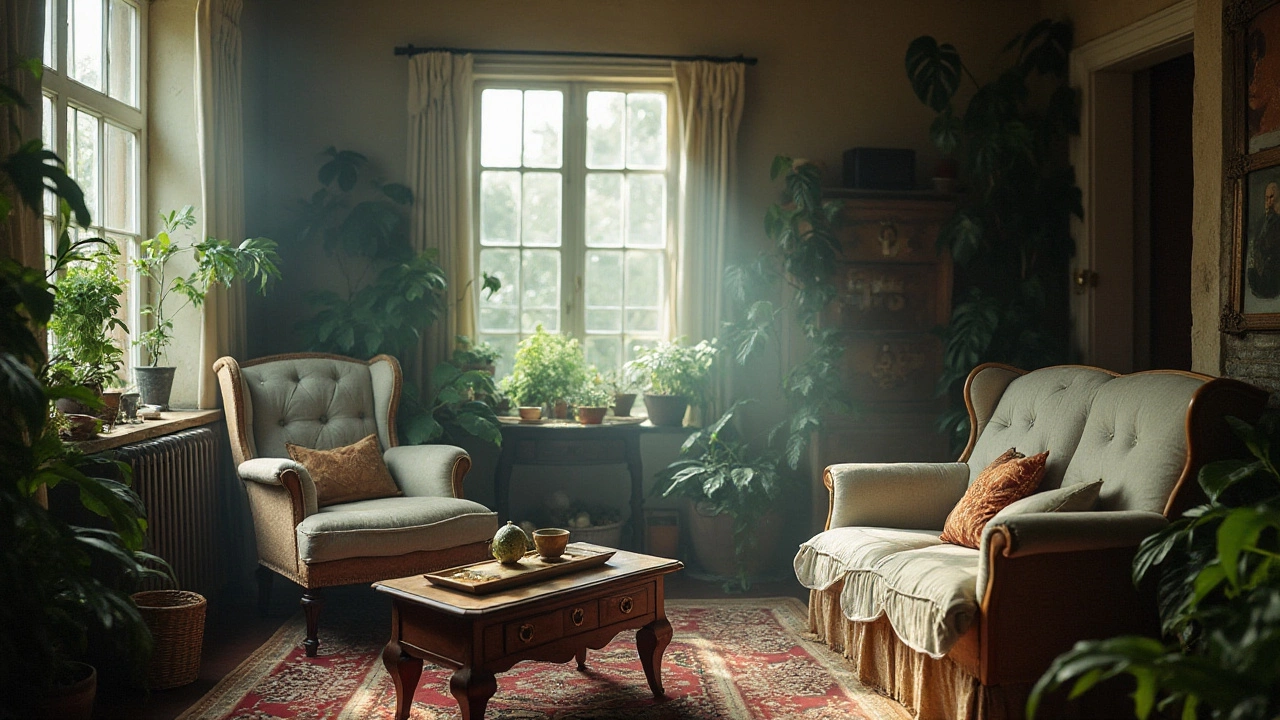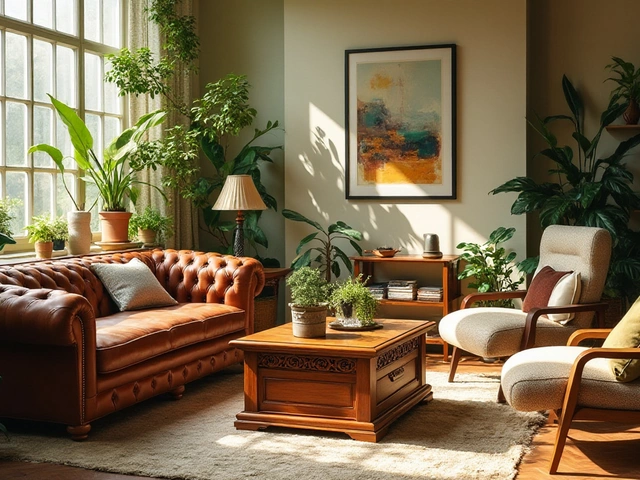Furniture Care Tips for a Long‑Lasting Home
Got a beautiful wooden table or a comfy sofa and want it to stay fresh? Good news – caring for furniture isn’t rocket science. A few simple habits can stop warping, mold, and cheap wear from ruining what you love.
Clean Smart, Not Hard
Start with the right cleaning routine. Dust with a soft microfiber cloth weekly; that prevents grit from scratching surfaces. For spills, blot – never rub – to avoid pushing liquid deeper into wood or fabric. When you need a deeper clean, mix a few drops of dish soap with warm water, dampen a cloth, and wipe gently. Avoid soaking wood; too much moisture is the number‑one enemy of stability.
Stubborn stains? Try a solution of white vinegar and water (1:1). It works well on laminate and metal frames without leaving harsh chemicals behind. For upholstery, sprinkle baking soda, let it sit 15 minutes, then vacuum. The soda lifts odors and keeps fabrics breathing.
Control Humidity to Stop Warping
Wood loves a stable environment. If the house swings between damp and dry, the grain expands and contracts, leading to cracks or warping. Aim for 40‑55% relative humidity. A small hygrometer in the living room tells you if you’re in the sweet spot. In winter, use a humidifier; in summer, a dehumidifier or air‑conditioning helps.
When moving furniture to a storage unit or an unheated garage, wrap pieces in breathable cotton blankets, not plastic. Plastic traps moisture and can cause mold. Elevate items off the floor with pallets – that prevents water from wicking up from the ground.
Prevent Mold and Mildew
Mold loves damp, dark spots. Keep furniture away from walls that get condensation and avoid placing carpets directly on concrete floors. If you spot any black or green spots, clean immediately with a mixture of water and tea tree oil (about 10 drops per cup). Let it sit, then wipe clean. After cleaning, let the area dry completely before moving anything back.
For upholstered pieces, give them a good once‑a‑year vacuum with the upholstery attachment and rotate cushions. This improves airflow and reduces the chance of hidden moisture pockets.
Smart Storage Tips
Not all storage spots are equal. Climate‑controlled units are worth the extra cost for valuable antiques or heirloom pieces. If you must use a regular unit, line shelves with cardboard to absorb minor moisture and keep items off the concrete floor.
When stacking wooden chairs or tables, place a sheet of plywood between each layer. This distributes weight evenly and avoids dents. For heavy items, use straps to secure them so they don’t shift during transport.
Lastly, give your furniture a little love every few months. Tighten loose screws, oil metal joints, and polish wood with a natural oil finish. These tiny actions add up, keeping the piece sturdy and looking great.
With these easy steps – gentle cleaning, humidity control, mold prevention, and smart storage – your furniture will stay beautiful for years. No need for costly replacements when a bit of daily care does the trick.





